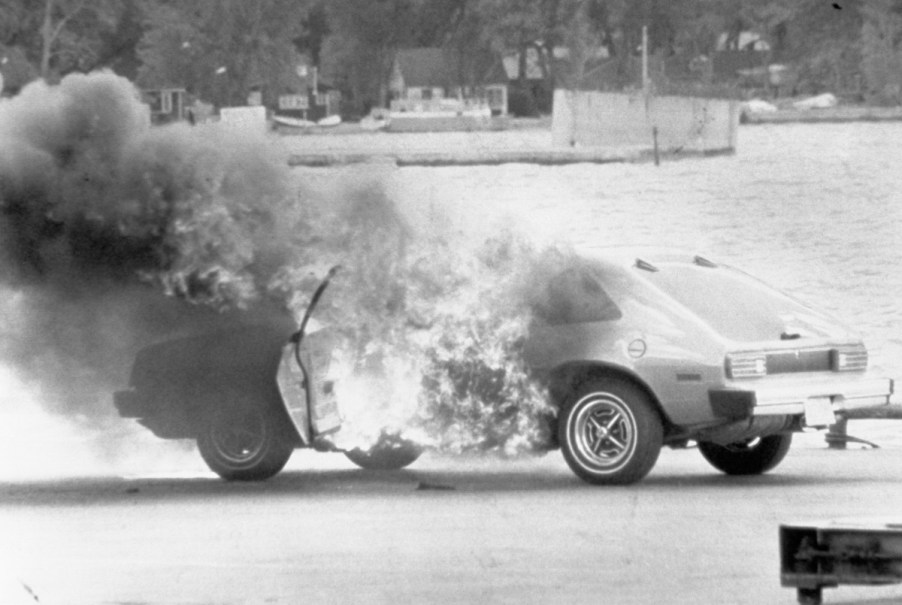
Whatever Happened to the Ford Pinto?
The Ford Pinto is an icon of the 1970s, but not necessarily because it was a great car. It was riddled with problems, some of which were incredibly dangerous – and were brushed aside. Whatever happened to the Ford Pinto, and what have we learned since then?

The Ford Pinto was popular – but deadly
The Ford Pinto was manufactured from 1971-1980, and throughout its years on the market, it was riddled with problems. It was a kind of funny-looking car, a subcompact car with an almost hatchback. Perhaps it’s this image that lasts; the coffee-colored staple of many childhoods – provided they didn’t experience the sometimes significant problems the Pinto had.
Although a pretty popular car – it sold over three million models during its production – it was also pretty deadly. Its engine was known to combust in even a minor accident, causing Ford Pintos to catch on fire. Sometimes its occupants were burned to death, even in an accident they might have otherwise survived.
So what was the problem? It appears that the gas tank design was flawed, leading it to catch on fire much more easily than other cars.
What caused the Ford Pinto’s problems?
For one thing, it was rushed through production. According to Great Cars, the Pinto was produced in 25 months from start to finish, while most cars were taking 45 months at the time. It was designed to be a competitor in a hot market, and perhaps Ford felt there was no time to waste.
Great Cars also notes that the Ford Pinto “had its fuel tank between the rear axle and the rear bumper, a standard practice at the time, so indeed the rear bumper and a lack of structural reinforcement were a vulnerability.”
This design flaw cost lives, including those of three teenage girls.
The information became public and the Pinto was done
In 1974, it became publicly known that Ford could have fixed the design flaw for approximately $11 a car. They didn’t, and a memo became public (called the Fatalities Associated with Crash Induced Fuel Leakage and Fires and also known as the Pinto Memo), stated that Ford viewed the deadly design flaw as a financial matter, rather than a human life one.
Ford ended up having to pay $120 million, and ended up recalling the Pinto. It should be noted that their recall came only as the NHTSA was investigating and was likely to issue a forced recall as well.
If there’s one thing that we’ve learned since the 1970s Ford Pinto scandal, it’s that car manufacturers sometimes prioritize profit over people. We’ve seen similar situations since then – car manufacturers insisting cars are safe when they know they’re not, just to avoid a recall. Luckily independent safety organizations like the IIHS and NHTSA work to keep dangerous cars off the roads.


